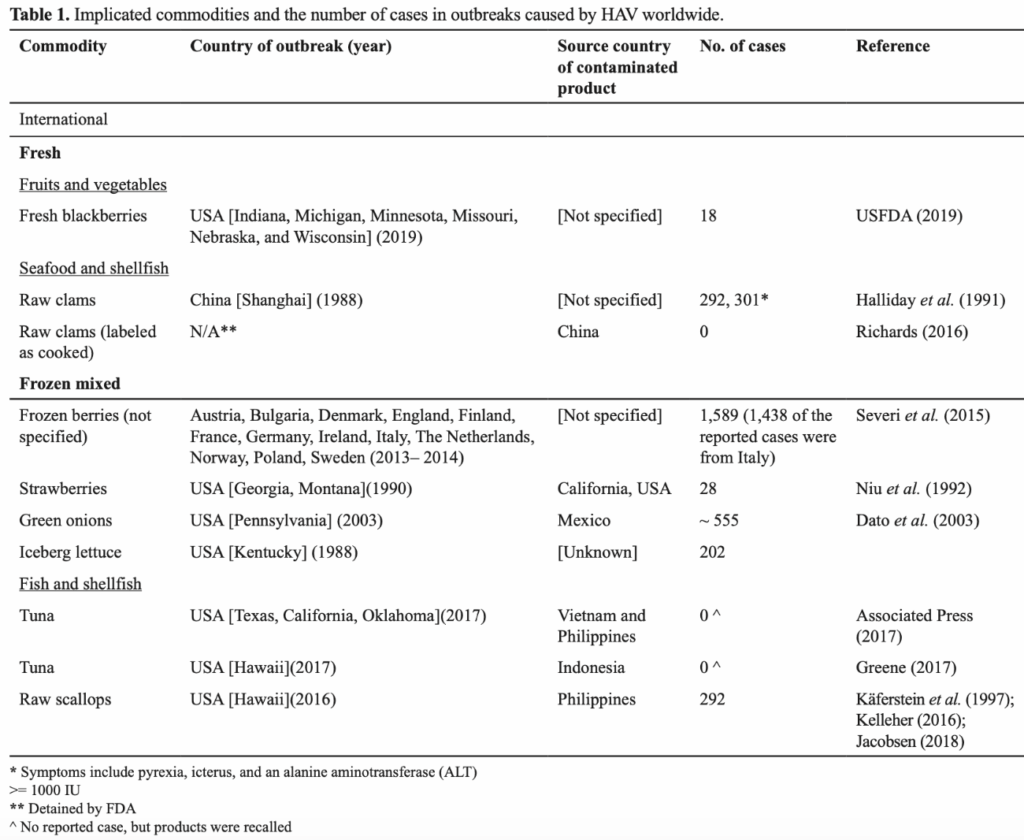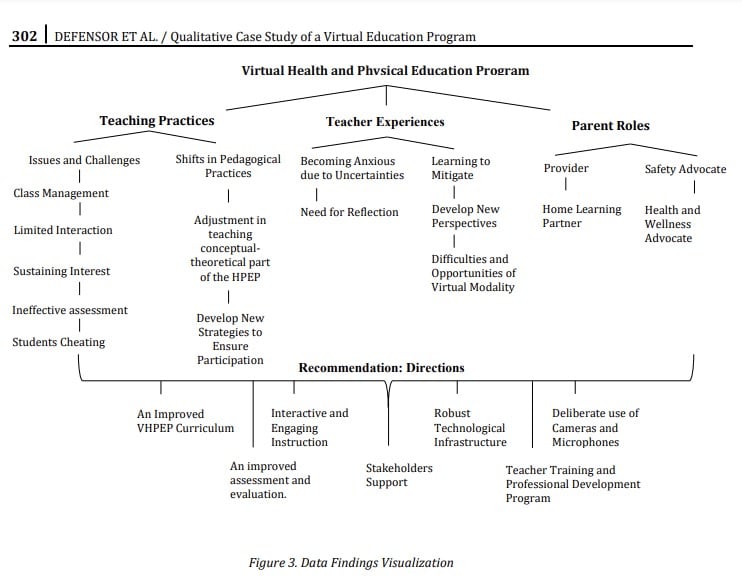Research
As the national university, we champion and support innovative research that addresses the country’s most pressing challenges.
28 Aug 2025
PH reproductive health law needs to better address contraceptive access for lower-income women
The implementation of the Responsible Parenthood and Reproductive Health Law represents a major policy shift aimed at increasing access to...
Read More27 Aug 2025
Despite centuries of stigma, babywearing survives as a marginalized practice turned into a trend
For centuries, Indigenous communities in the Philippines and around the world have used baby carriers and slings to help them...
Read More13 Aug 2025
Food safety risk assessment will help the Philippines manage shellfish-related hepatitis A virus health risks
This study gathered information to establish baseline data on the potential risks of the hepatitis A virus (HAV) in the...
Read More08 Jul 2025
Deep learning with convolutional neural networks to assess rice plant diseases performs very well
As with many Asian countries, rice is a principal food in the Philippines providing nearly half of the daily caloric...
Read More07 Jul 2025
Nurse-led eHealth cardiac rehabilitation helps patients transition to home life
This research looks at how people with coronary heart disease (CHD) view a nurse-led eHealth cardiac rehabilitation (NeCR) program. The...
Read More04 Jul 2025
Food safety risk assessment is a practical and effective way to evaluate the safety of locally consumed shellfish
This study gathered information to establish baseline information on the potential risks of the Hepatitis A Virus (HAV) in the...
Read More01 Jul 2025
Regional unity in ASEAN can grow through shared values like religiosity, humanitarianism and cultural expression
This paper explores how ASEAN identity among Southeast Asia countries can be realized by applying the concepts of “shared cultural...
Read More13 Jun 2025
Large language models offer many opportunities but also pose considerable challenges
With the advancement of artificial intelligence (AI) technologies, the availability of data, and the advancement of hardware technologies, applications such...
Read More10 Jun 2025
A virtual health and physical education program during COVID-19 struggled with low student engagement and ineffective online assessment
The study explored a virtual health and physical education program implemented during COVID-19 school closures. It centered on practices, teacher...
Read More09 Jun 2025
There is a weak relationship between 3D mandibular shape and diet in extant primates
This is a study that uses 3D shape analyses to investigate if there is a relationship between mandible shape in...
Read More09 Jun 2025
The presumed invisibility and “mute” voices of Pinay lesbian writers parallel the similar invisibility of nature in Philippine anthologies
In the introduction to Tingle: Anthology of Pinay Lesbian Writing (2021), the anthology’s editor, Jhoanna Lynn B. Cruz, points to...
Read More03 Jun 2025
AI can enhance conceptual understanding and boost self-confidence in mathematics
AI is increasingly integrated into educational settings, offering personalized learning experiences that adapt to individual needs. While AI has the...
Read More











